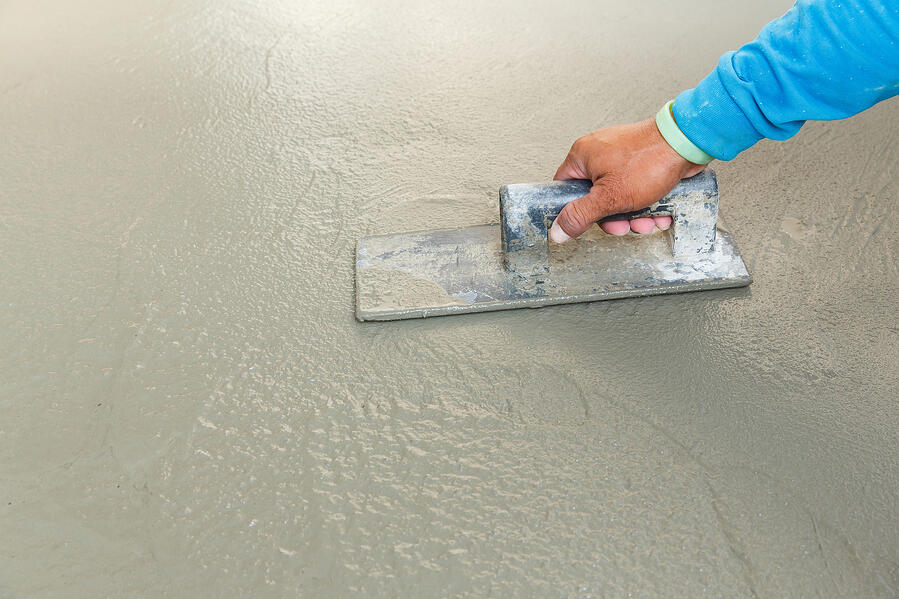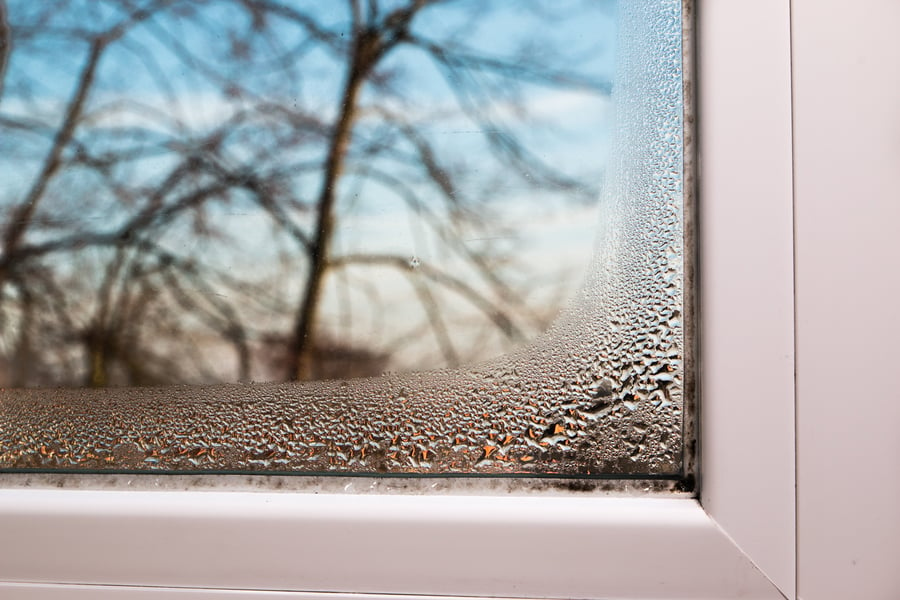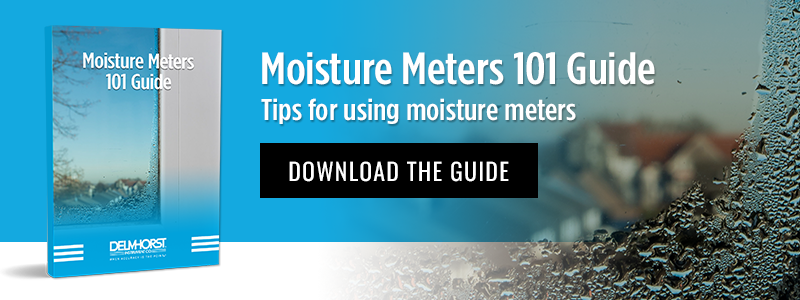How Does Temperature Affect Relative Humidity Meter Readings?

While most DIY projects probably won’t require relative humidity (RH) testing, there may be occasions where knowing the ambient humidity conditions can be useful.
For example, you may want to perform relative humidity testing in your house after a water damage remediation company declares that they’ve completed their dry-out operations. High ambient humidity in a room could be an indication that there are still moisture-compromised materials in the area, and that dry-out operations aren’t complete.
There are other examples of times that you might want to use a thermo-hygrometer—also known as an RH meter—such as when you’re preparing to install hardwood flooring, checking your heating, ventilation, and air conditioning (HVAC) system, or when assessing mold risk in a basement. Whatever task you end up using your RH meter for, however, you probably want to make sure that the relative humidity readings you get are as accurate as possible.
Ensuring RH meter accuracy can be difficult, as relative humidity readings can be affected by several different factors, such as:
-
The placement of the sensor.
-
Contaminants on the sensor element.
-
The temperature of the room being tested.
The first issue is easily controlled, and different RH meters will usually have placement tips included in the owner’s manual to help you avoid problems.
The second issue is one of maintenance and storage. To prevent this issue, avoid keeping your thermo-hygrometer’s sensor out when it isn’t in use, storing it in its case whenever possible. If an RH sensor does get too badly contaminated, you’ll need to replace it.
However, the third issue, the ambient temperature, is one that many DIY enthusiasts might miss when checking the accuracy of an RH meter.
How does the temperature affect relative humidity readings, and how can you deal with this issue?
How Different Temperatures Affect Relative Humidity Readings
When checking the relative humidity of the air in a given space, it’s important to know that the RH reading is based on a percentage of how much humidity would be required to make the air saturated with moisture.
This is why the temperature of a space can have a large impact on the relative humidity reading. As noted by the Sciencing.com website, “As air temperature increases, air can hold more water molecules, and its relative humidity decreases. When temperatures drop, relative humidity increases.”
Basically, warmer air needs more moisture to reach its saturation point, while colder air has a much lower saturation threshold—it’s relative to the current temperature. Hence the name “relative” humidity. So, if the same amount of moisture is present in two different rooms, but one room is at 96 degrees Fahrenheit while the other is at 40 degrees Fahrenheit, the relative humidity reading for the first room will be lower than the second since it will be harder for the moisture in that room to condense into water.
Dealing with Temperature Extremes in Relative Humidity Testing
There are a few ways of dealing with high or low temperatures when performing humidity testing:
-
Control the Temperature of the Environment. If you’re checking RH values indoors and have climate control, simply set the room temperature to a value that is optimal for your RH meter and let the room temperature stabilize before taking your reading. This helps avoid the issue of temperature affecting RH altogether.
-
Take Multiple Readings. In situations where the temperature of your reading environment changes regularly throughout the day, try taking multiple readings when the temperature is high, low, and in-between. For example, you could test RH when it’s cool in the morning, at the height of the heat at 2 or 3 p.m., and at dusk when it’s temperate.
-
Check Dew Point Instead. If your RH meter has a dew point setting, consider using that instead of the RH setting. This setting tells you what temperature the air would need to reach to become saturated. Dew point is sometimes considered a more reliable estimate of the actual moisture content of the air since it isn’t affected by temperature.
Some of these methods of dealing with high or low temperatures when measuring RH are easier than others, and a few require your moisture meter to have specific capabilities.
So, when checking RH on your own, be sure to know what the current temperature is and how that can influence your relative humidity reading. Also, remember that the temperature can affect moisture content readings in building materials as well, so temperature corrections may be necessary there as well.
Subscribe to Our Blog
Post Related

Ensuring Accurate Readings in Relative Humidity Meters


